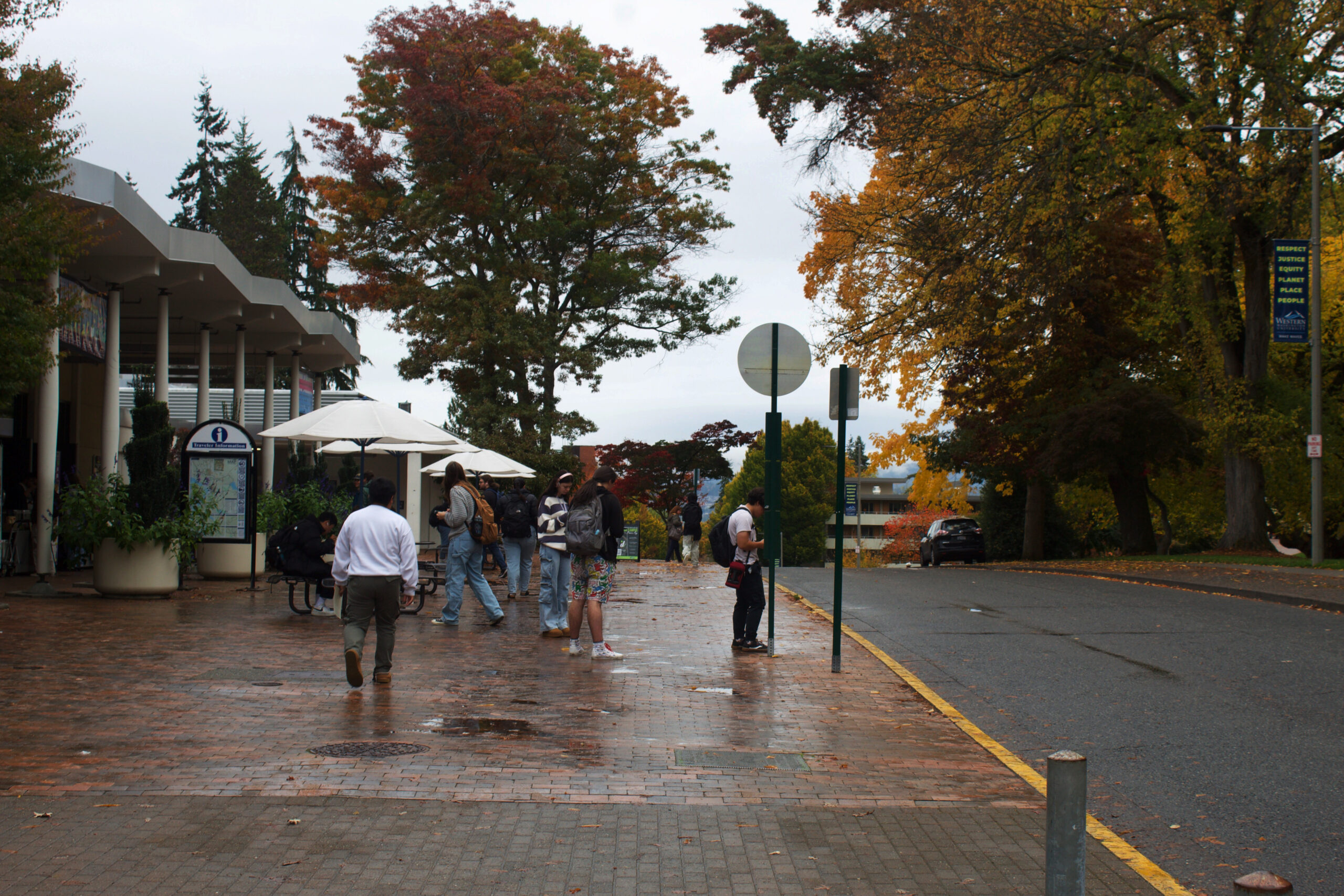By: Tim Donahue
With the arrival of fall brings a yearly welcome wagon out on campus. Everywhere you go, you see ads for move-in help, roommate bonding activities, and fall quarter celebrations. The goal of WWU’s fall quarter is to make new folks feel as welcome as possible, and with thousands of families entrusting our campus with their children’s first crack at adulthood, it should focus on making it so the new arrivals feel as welcome as possible.
However, for all the attention that’s placed on first year students at the beginning of the year, it can be a very tough adaptation for a student population that is often overlooked when it comes to the general welcome that is provided to students. In this article we’ll be looking at the experience that transfer students have had at WWU, and the areas in which the Western community can make them feel more welcomed and have a place on this campus. Ryan Ertman, a recent transfer from College of the Redwoods in Eureka California, said it took him “some time to plant his roots and feel at home,” and it’s worth examining whether or not that actually is the case.

The entrance of undergraduate admissions in Old Main. Tim Donahue // Wavelength
By definition, transfer students are not coming in with a full four years to spend at WWU. Most likely, these students are older and in need of a more specified system of support when arriving in Bellingham. Many of them are established in their field of study, so it can be helpful for specific departments to try and establish a community that goes beyond the classroom environment. These sorts of departmental welcomes are common for students entering a graduate program. Because of that, and the general welcome that is provided for the first-year students, undergraduate transfer often finds themselves somewhere in-between. Left to their own devices and treated as the adults that they are, transfer students feel forgotten about by the very place they’re supposed to call home.
There is also pressure to work in order to supplement a transfer student’s education. Especially coming from out of state like Ertman, a college transfer comes with a financial responsibility that gets in the way of participation in clubs, social activities, and taking the time that is needed to establish a community in Bellingham.
“Many of us students are having to work to support ourselves, while balancing other life and health obligations, so that makes it difficult to find something [social] that’s going on in a free block of time,” Ertman said.
While this financial strain may seem like a dead-end when trying to provide a community for transfer students, it really shows the strength of the connection that exists between affordability and quality of life. Of course, this is true for all students, but for transfers that don’t have a cohort and haven’t had the opportunity to live in the dorms, this tension becomes nearly insurmountable.
Aksel Fisher, a recent transfer from the UW Bothell, describes the transfer-student relationship as one that requires more effort from both sides.
“They didn’t do much,” he said. “But then again I didn’t put much effort into establishing that connection.”

People walking to South Campus from the Red Square. Tim Donahue // Wavelength
This, as an adult that is coming to campus and directly into an upper-division course load, offers an insight into the idea that some transfer students have “skipped their formal introduction,” and don’t feel the need to go back around and redo all the ‘pomp and circumstance’ that comes with a traditional college welcome.
Ultimately, much of the responsibility to get involved falls on the will of the student. There are events that are directed at transfer students [https://win.wwu.edu/event/9502824] , and while they might not be as widespread as those directed at first year students, they are also dealing with a different and a smaller demographic. Though financial strain can have an outsized effect on transfer students, many make due adjusting to Western as a second home. They rely on their relationships and the academics that brought them here, and while it can take a long time to establish their roots, Western, like any college, is not full without the strength and intellectual diversity of their transfer population.

